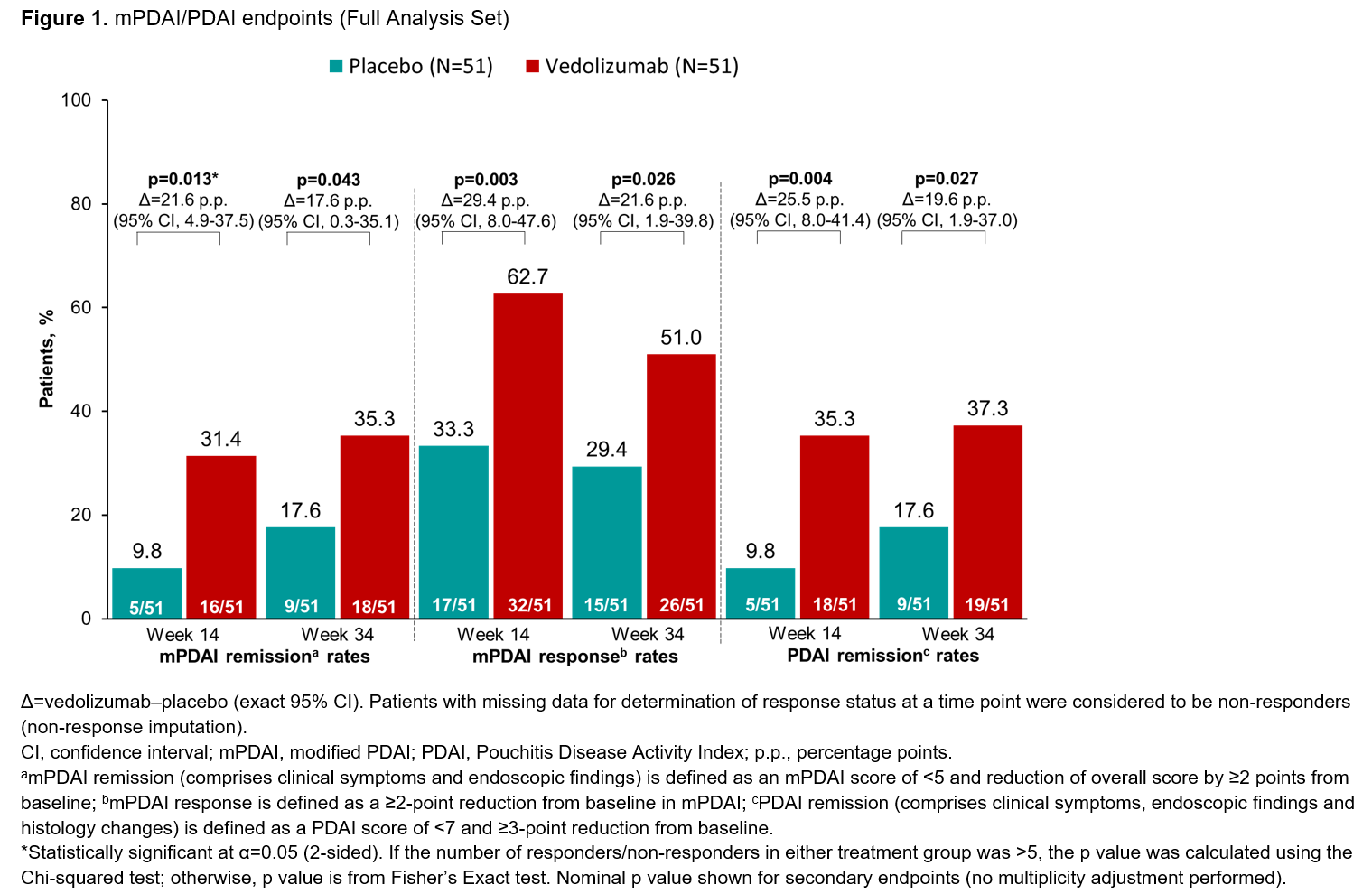Exabis Library
Welcome to the e-CCO Library!
Using mucosal immune pathways to predict disease outcome
2019
Scientific Programme
Wednesday, 5 June 2019, 9:01 PM
Ustekinumab
2017
15th IBD Intensive Advanced Course
Monday, 10 May 2021, 12:01 PM by ECCO Administrator
1
Ustenikumab
2019
Educational Audio Podcasts
Friday, 28 February 2020, 4:02 PM by Dauren Ramankulov
Friday, 13 January 2023, 11:48 AM by ECCO Administrator
Vaccination and IBD
2019
Educational Audio Podcast
Friday, 28 February 2020, 3:56 PM by Dauren Ramankulov
Friday, 13 January 2023, 12:15 PM by ECCO Administrator
Vaccination and travelling with IBD: An update
2019
Scientific Programme
Wednesday, 5 June 2019, 9:01 PM
Validation of a new OPtical diagnosis Training platform to Improve dysplasia Characterisation in Inflammatory Bowel Disease (OPTIC-IBD): A multicentre randomised controlled study
2022
ECCO'22 Virtual
Tuesday, 24 May 2022, 8:13 PM
Vedolizumab
2017
15th IBD Intensive Advanced Course
Monday, 10 May 2021, 11:50 AM by ECCO Administrator
1
Vedolizumab
2019
Educational Audio Podcasts
Friday, 28 February 2020, 4:03 PM by Dauren Ramankulov
Wednesday, 2 June 2021, 5:19 PM by ECCO Administrator
Vedolizumab in children and other biologics after TNF – what can we extrapolate? A case-based discussion
2017
4th P-ECCO Educational Course
Monday, 27 March 2017, 9:26 AM by Vesna Babaja
1
Vedolizumab intravenous is effective across multiple treatment targets in chronic pouchitis: Results of the randomised, double-blind, placebo-controlled EARNEST trial
2022
ECCO'22 Virtual
Tuesday, 24 May 2022, 8:13 PM
Venous thromboembolism following discharge from hospital in patients admitted for Inflammatory Bowel Disease
2022
ECCO'22 Virtual
Tuesday, 24 May 2022, 8:13 PM
Very early onset IBD and the differential diagnosis of paediatric IBD
2020
5th H-ECCO IBD Masterclass
Tuesday, 23 June 2020, 5:40 PM
Video capsule endoscopy or enteroscopy to assess small bowel Crohn’s disease: which comes first?
2020
2nd ECCO-ESGAR Basic Imaging Workshop
Tuesday, 23 June 2020, 5:40 PM
Wearable devices in IBD - Is this the future?
2022
8th ClinCom Workshop
Tuesday, 24 May 2022, 8:13 PM
Welcome
2018
ECCO'18 Vienna
Friday, 23 March 2018, 12:23 PM
Wednesday, 9 May 2018, 10:03 AM by Admin User
 Methods
Methods




 Conclusion
Conclusion